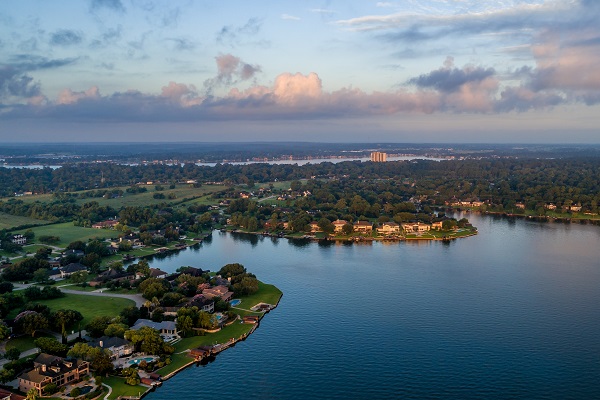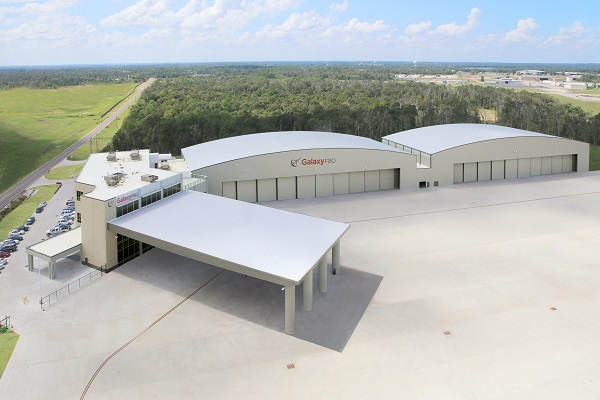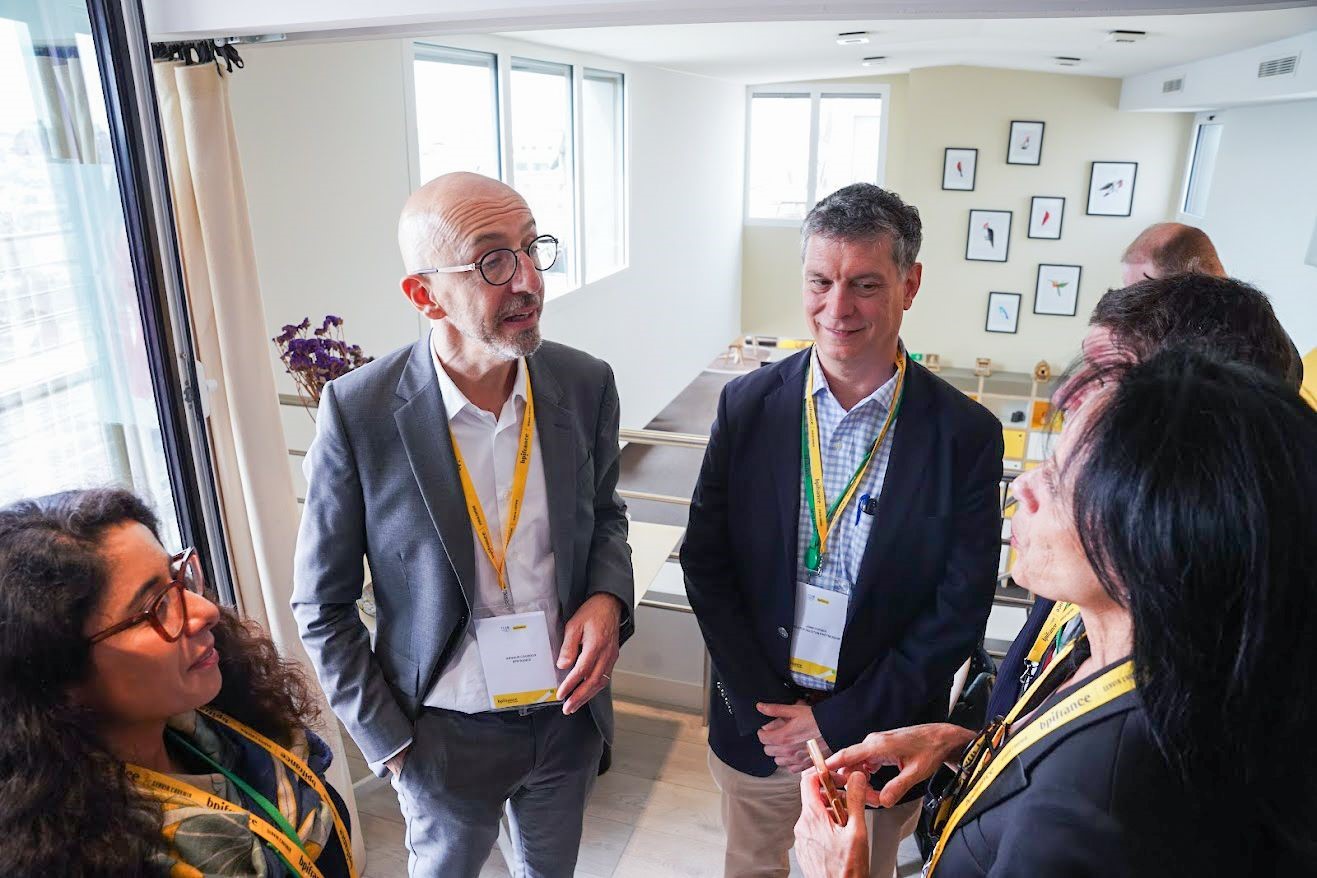Regions and Neighborhoods: Booming Business Hub Undergoing a Major Renaissance in Conroe
Published Aug 18, 2021 by David Ruiz
Consistently ranked as one of the fastest-growing cities in the country, Conroe is a thriving business center with two major business parks that help make it a prime manufacturing and distribution hub. Named after an ambitious lumberman, the City of Conroe also offers a great quality of life with exceptional outdoor amenities and a wide range of housing options for residents. We chatted with Danielle Scheiner, Executive Director at the Conroe Economic Development Council about the city’s economic development and growth.
How does Conroe contribute to the fabric of the greater Houston region?
Conroe's modern, business-friendly atmosphere, regional airport and two business parks attract a wide variety of industries, including distribution, manufacturing, life sciences and professional services. Residents are attracted to new and affordable homes, award-winning educational institutions, beautiful Lake Conroe, accessible walking trails and Conroe's charming downtown.
What are some unique characteristics that really set this area apart?
Conroe is bordered by 22,000-acre Lake Conroe, Sam Houston National Forest, W.G. Jones State Forest, and is regionally known for its arts and cultural amenities—including two community theaters, art galleries and a symphony—and historic downtown. Conroe is a certified Texas “Music Friendly Community”, a “Film Friendly Certified Community," and is home to four craft breweries, a distillery, a winery and a meadery. Conroe is a city that knows who it is and is proud to build upon its success.
Describe the business community in Conroe. What are some of the most active industry areas?
Conroe’s economic base is well-diversified with 4,800 employers in a variety of sectors, the largest of which is retail, followed closely by health care, social services and public administration. The top jobs by occupation in Conroe are office and administrative support, executive managers, administrators, sales, production workers, construction and extraction.
What attracts most businesses to relocate or expand in Conroe?
Conroe is a popular destination for manufacturing and distribution companies due to the community’s strategic location, robust infrastructure and highly skilled talent. Conroe supports business growth financially and dedicates a portion of our sales tax for incentives and the improvement of infrastructure. Conroe’s 248-acre Deison Technology Park and Conroe Park North, a 1,655-acre industrial park, make it fast and affordable to relocate here. Our robust Business Retention and Expansion program is one of the best in the region and is designed to promote the growth and development of local companies through incentives for expansion and technical assistance. Continuing education and workforce training are available through Lone Star College - Conroe Center, making it easy for companies to upskill their workers and for the local workforce to fill in-demand jobs.
What’s been the biggest recent change that has propelled the efforts of the Conroe Economic Development Council?
The 610-acre expansion of our industrial park has allowed us to continue to aggressively recruit and welcome new companies to our community. In addition, landing our first tenant, VGXI, in Deison Technology Park has really cemented our position in the region as a life science manufacturing hub. Three major projects underway in, or near, the master-planned mixed-use development Grand Central Park will kickstart the future development along the I-45 corridor on the south side of Conroe. This area will be exciting to watch develop over the next few years.
What are 4-5 signature spots to visit? Any hidden gems people need to know about?
Whether it’s taking in the sights and sounds of the longest continuous hiking trail in the state of Texas, The Lone Star Hiking Trail in Sam Houston National Forest, or soaking up the history in the longest continually operating barber shop in Texas, Shepard’s Barber Shop downtown, Conroe is a distinctive community.
Downtown Conroe has the historic charm of an old Texas city mixed with the fun atmosphere created by a plethora of local craft breweries and boutique shops – it’s a dining and shopping experience you don’t want to miss! Restaurants abound in Conroe with a variety of local flavors and community favorites, including the Southern food hotspot Vernon’s Kuntry Katfish and the veteran-inspired Honor Café, which offers American food with a gourmet spin. From one-of-a-kind festivals, to lounging by the pool at Margaritaville Lake Resort, to birdwatching at one of the few places to spot the endangered red-cockaded woodpecker, exceptional entertainment is plentiful in Conroe!
What’s the most exciting thing on the horizon for Conroe right now?
One of the most exciting projects is a hotel and convention center that will carry the Hyatt Regency name located in Grand Central Park. Located on 7.55 acres directly west of the brand-new Sam Houston State University College of Osteopathic Medicine, the hotel is expected to open in early 2023 and will include a convention center, lounge and bar, outdoor dining, restaurant, pool, fitness center and 30,000 square feet of meeting space.
What’s missing from the conversation about Conroe?
Downtown Conroe, a charming and historical hub, is in the midst of a renaissance. Conroe’s updated Downtown Development Plan set the stage for unique development with district changes that will increase walkability by establishing pedestrian experiences and include residential and commercial construction. Great interest exists in transforming many of the historical buildings into mixed use properties while preserving the authentic downtown character.
Learn more about Conroe and explore the greater Houston area.
 The Houston Report
The Houston Report




















